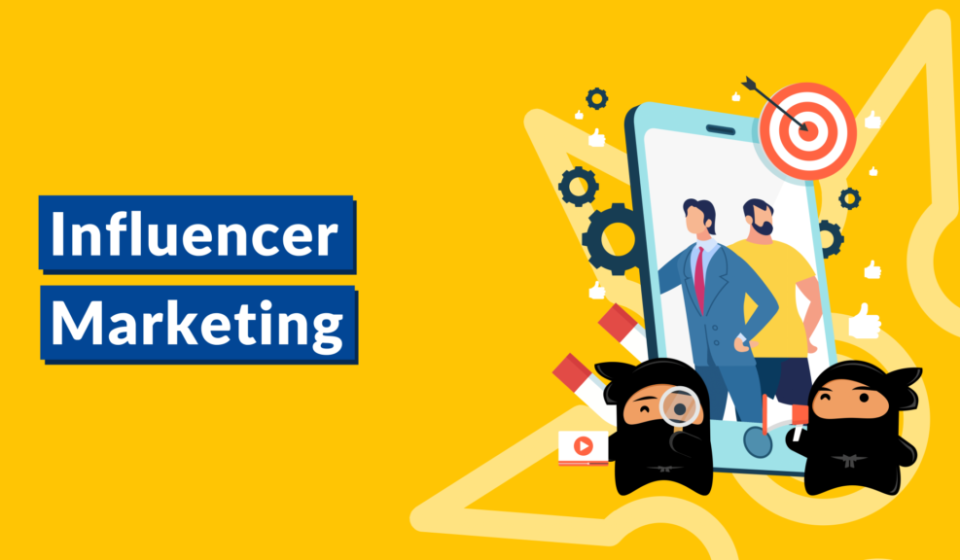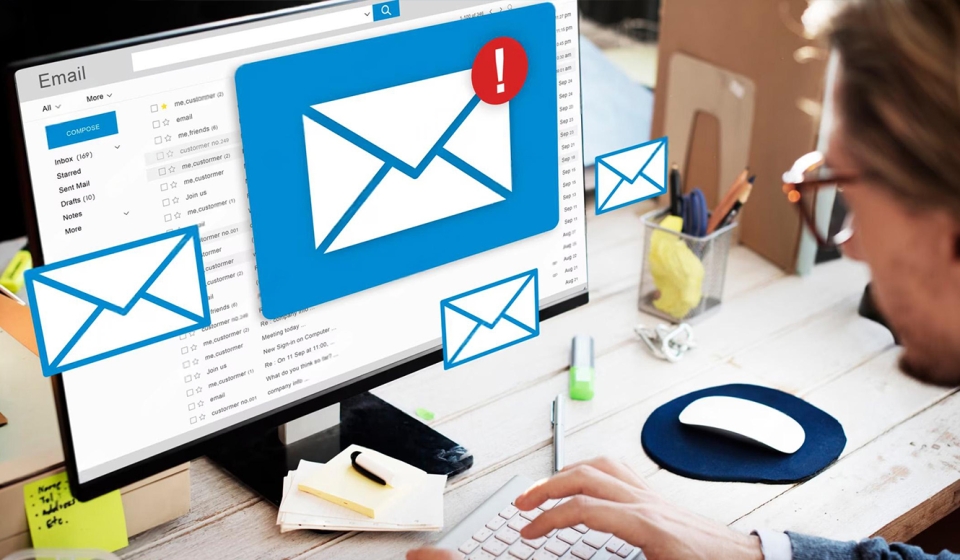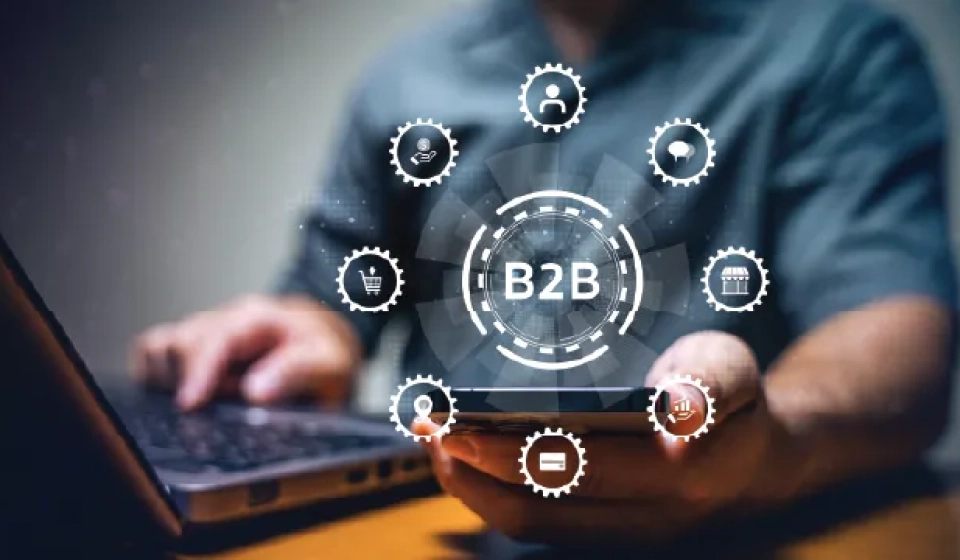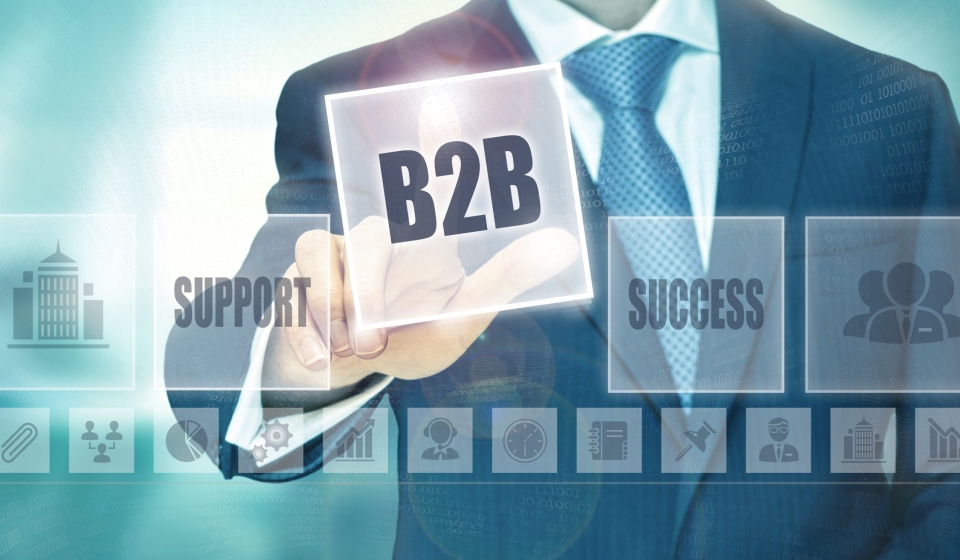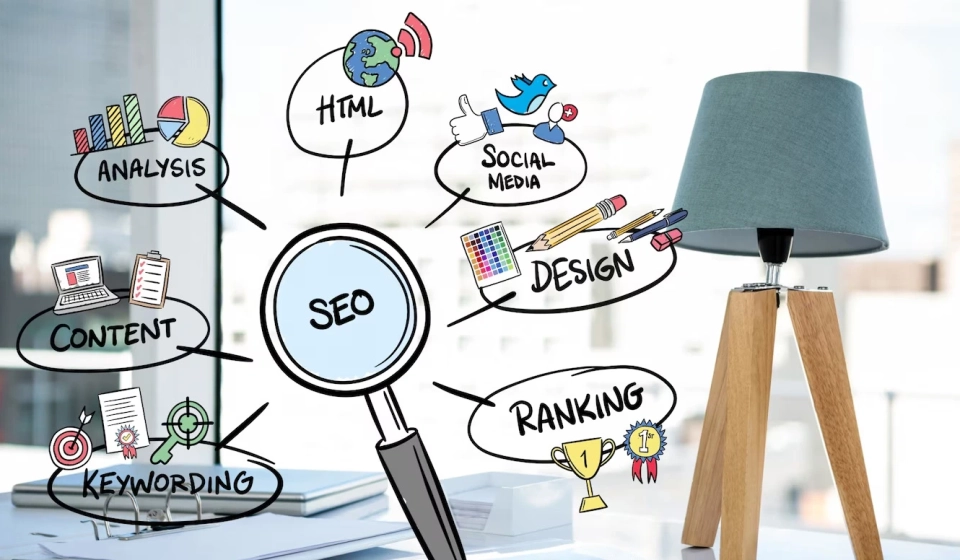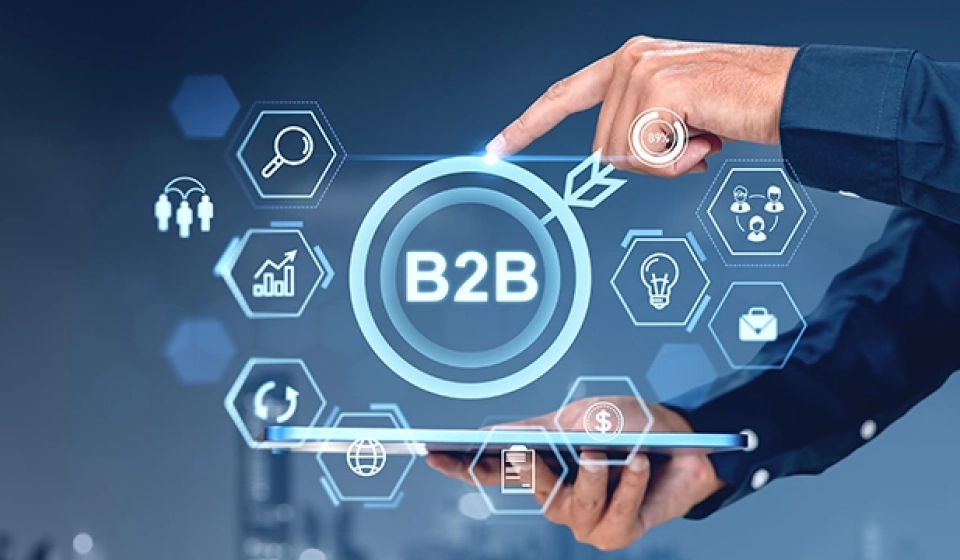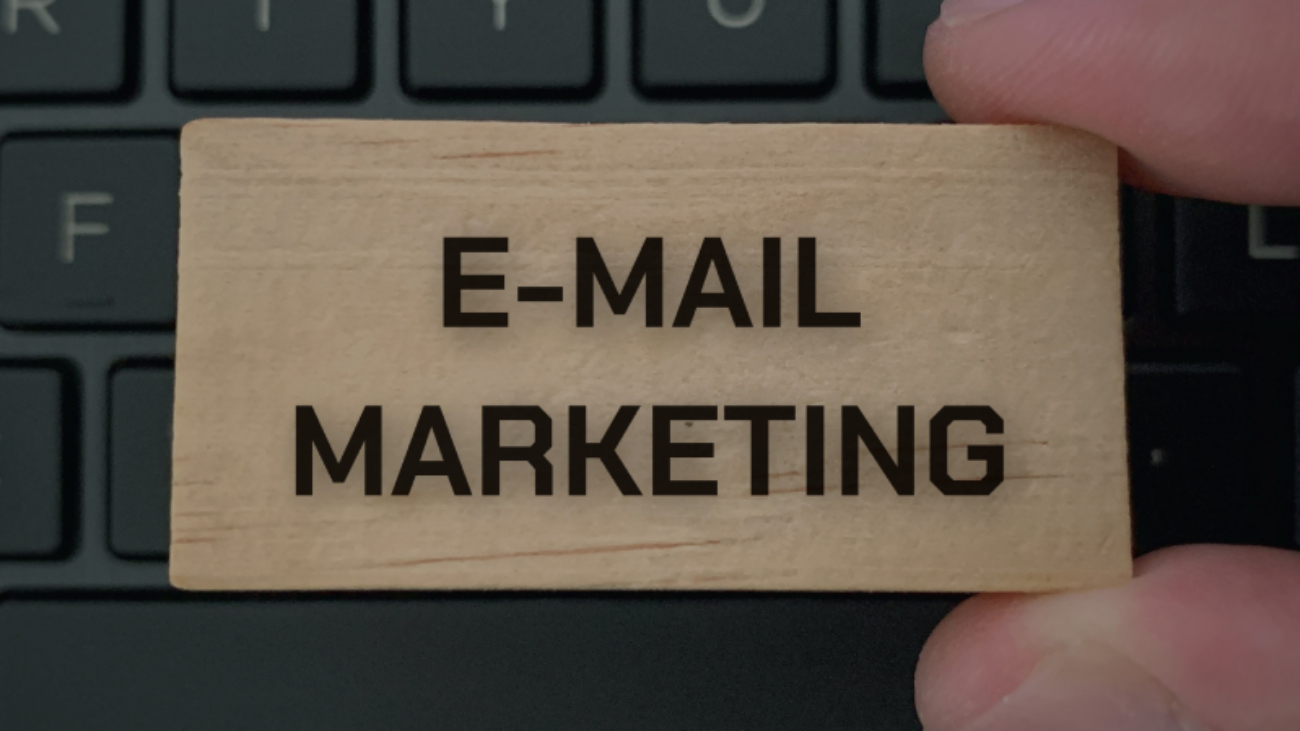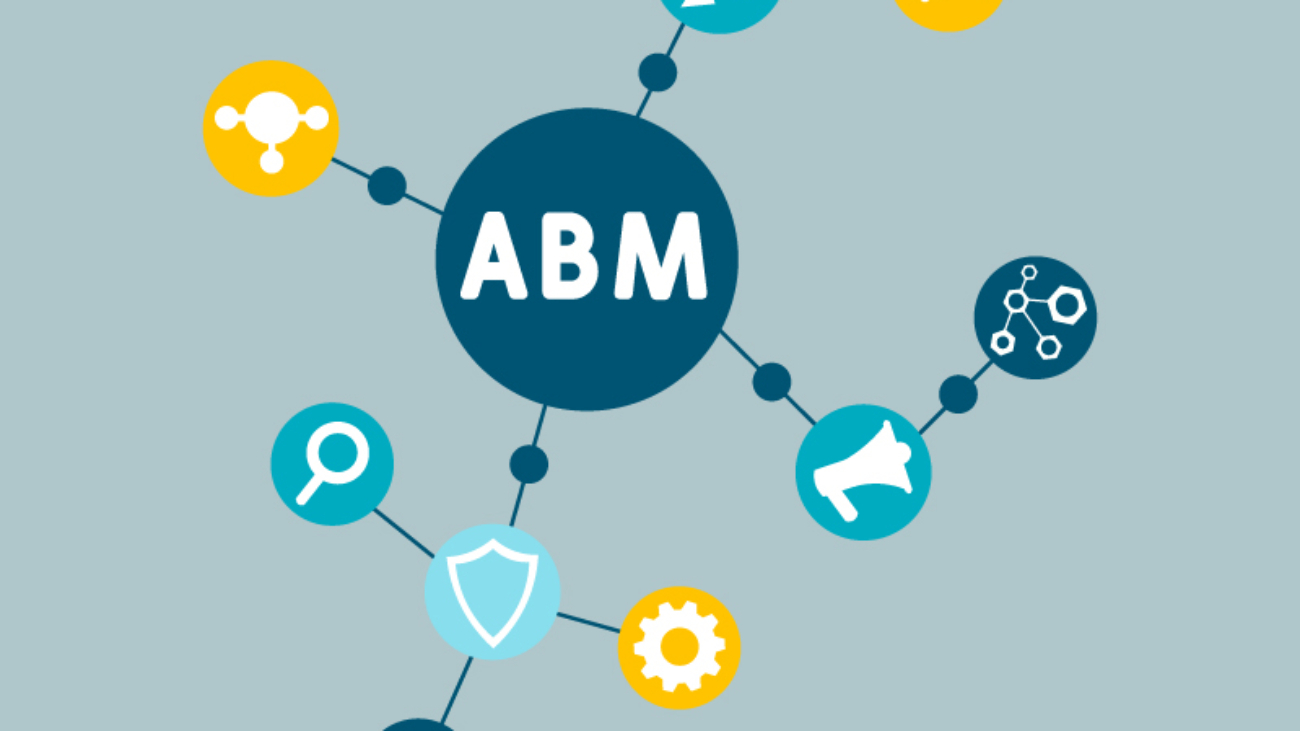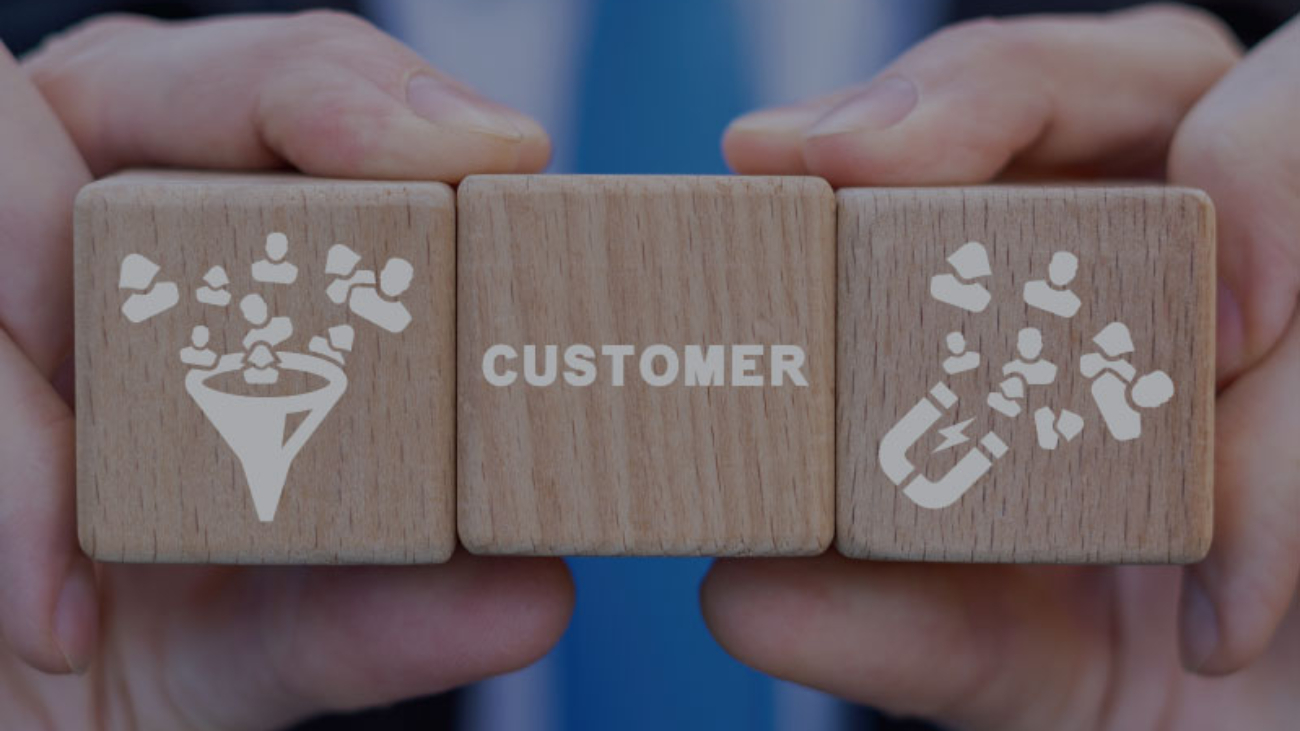Marketers always make use of the exciting world of email marketing. Email marketing techniques are effective for lead generation for B2B businesses.
Email marketing is of utmost importance in B2B marketing. When done right, B2B email marketing can effectively connect with potential clients and boost sales for B2B companies. So, let’s get into some effective techniques that can help to generate those high-quality leads through effective B2B email marketing techniques.
-
Know Your Target Audience
Marketers have to know whom they are talking to. Before you even think about sending an email, take some time to research and understand your B2B target audience. Know their pain points, needs, and what solutions they are looking for. The better you know them, the more personalized and relevant your emails will be.
-
Create Interesting and Engaging Content
No one likes boring emails. So, make your content interesting. Write engaging subject lines that grab attention, and keep your emails concise and to the point. Use compelling visuals like gifs or images to break up the text and keep things interesting. Add value to your audience by sharing helpful tips, industry insights, or exclusive offers.
-
Nail that Call-to-Action (CTA)
Magic can happen with compelling CTAs. Make sure the CTA is clear, action-oriented, and stands out. Whether it’s “Sign up for a free trial,” “Get a personalized demo,” or “Download our awesome eBook,” it should be hard to resist clicking on.
-
Segment your Email List
Do not treat everyone the same. Segment your email list based on different criteria like industry, company size, or engagement level. This way, you can send targeted emails that speak directly to each group’s specific interests and needs.
-
Mobile-Friendly Emails
Today all are glued to their phones. So, ensure your emails are mobile-friendly. Nobody has time or patience to deal with formatting or tiny font sizes requiring zooming in and out. Make it easy for prospects to read and engage with your emails on any device.
-
A/B Test
Testing is the key to improvement. Split-test different elements of your emails, like subject lines, CTA buttons, or even email designs. Keep track of what’s working and what’s not, and use that data to optimize your future email campaigns.
-
Optimize for Deliverability
Marketers want to make sure the emails land in the right inbox. Avoid spammy language and deceptive practices. Use a reliable email service provider, and regularly clean your email list to remove inactive or unengaged subscribers.
-
Follow Up
Marketers should not be afraid to follow up. Sometimes it takes a few nudges to get a response. Politely reach out to those who haven’t opened your emails or responded to your previous outreach.
-
Leverage Social Proof
People trust their peers, so use social proof to your advantage. Include testimonials, case studies, or stats that show how your B2B offering has helped other businesses. This builds trust and credibility, making your leads more likely to take action.
-
Measure, Analyze, Improve
Always keep an eye on those email metrics. Track open rates, click-through rates, conversions, and all that give an idea about the campaign’s effectiveness. Use this data to recognize what’s working well and what needs improvement. Adapt and evolve your email marketing strategies accordingly.
Summing Up
These are some top-notch B2B email marketing lead generation techniques for B2B businesses. Remember, it’s all about knowing your audience, providing value, and staying on top of your email campaigns. Implement all these B2B email lead generation techniques to increase the customer base and sales.
Contact OnDot Media, a trusted B2B lead generation partner, if your company needs B2B lead generation assistance.

